The core of the plateau is full of potential.
The west of Lam Dong lies entirely on the M'nong plateau, with an average altitude of 600 - 700 m above sea level, the highest being in Ta Dung, with an altitude of up to 1,982 m.
This is an area with a relatively evenly distributed network of rivers, lakes, and dams, convenient for exploiting water resources for agricultural and industrial production, building hydroelectric projects, and ensuring water security for sustainable agricultural production.

With flat terrain and fertile red basalt soil, this area has outstanding advantages for large-scale agricultural development. The West of Lam Dong has a total natural area of over 650,000 hectares, of which more than 380,000 hectares are agricultural land.
With the advantage of fertile basalt soil and favorable climate, the western region has many favorable conditions to form large-scale specialized areas for export. There are 7 high-tech agricultural areas here.
In terms of industry, the West is the country's key bauxite region, with reserves of 4.3 billion tons. Nhan Co area is a major aluminum mining and processing center, playing a leading role in Vietnam's aluminum industry.
In the west, there are also many mines of basalt, clay, construction stone, etc. serving the material industry. This is an important input resource for the deep processing industry, a key direction of the province.
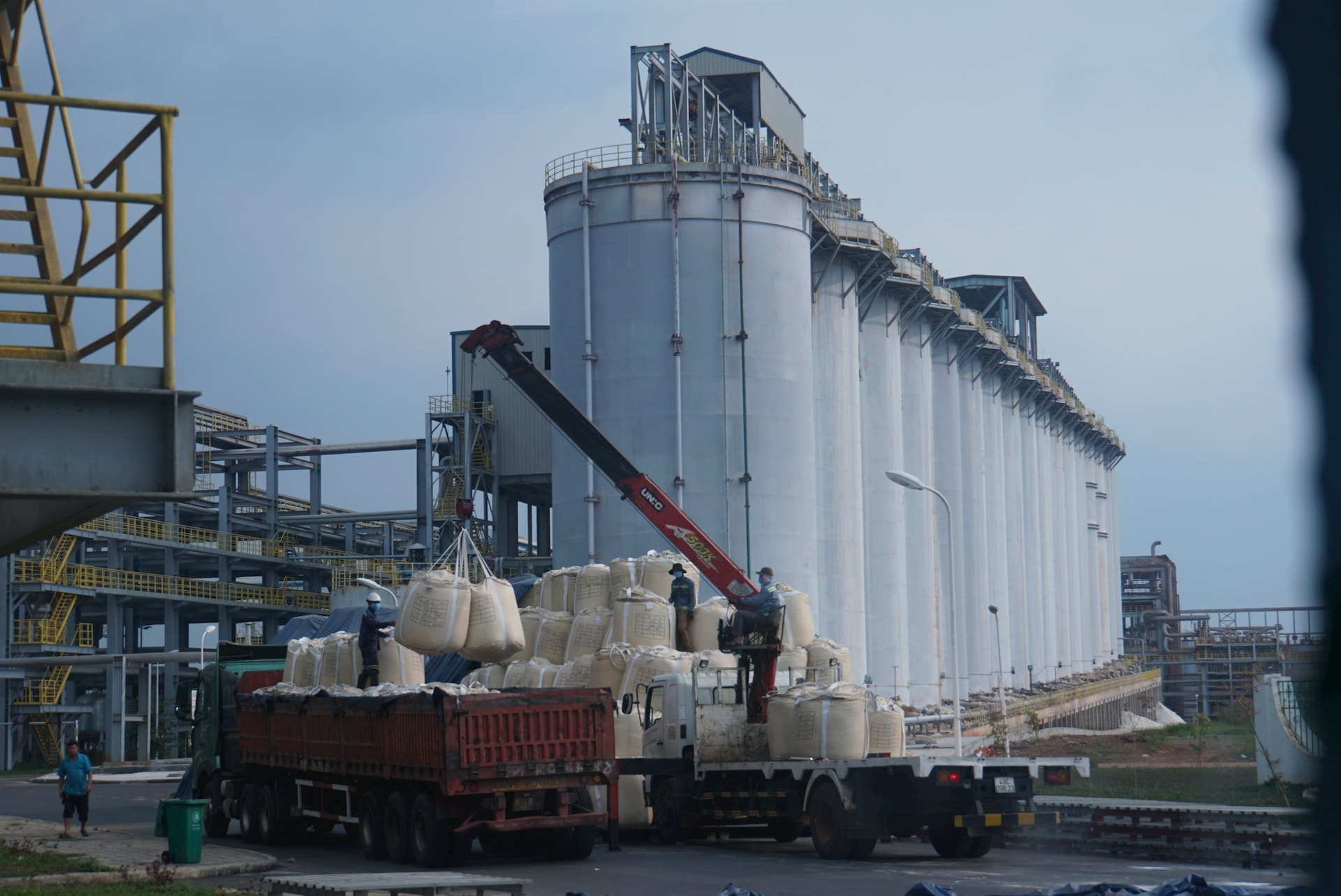
Nhan Co aluminum complex has come into operation, paving the way for the aluminum deep processing industry - a high-value industry in the regional linkage chain.
Regarding tourism, Dak Nong UNESCO Global Geopark with the largest volcanic cave system in Southeast Asia; Ta Dung Lake of over 3,000 hectares, and 47 small islands are special destinations.
This is the premise for the development of eco-tourism, green tourism and academic experiences, in line with the increasingly popular trend of sustainable tourism.
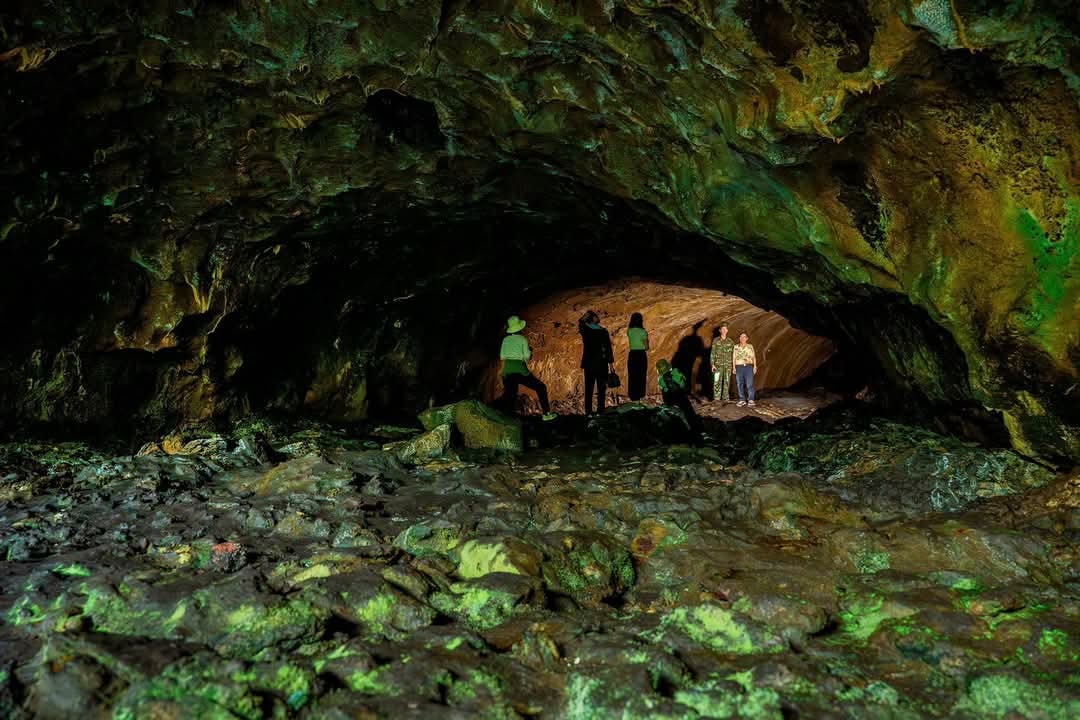
In the newly expanded provincial space, the west plays an intermediate connecting role between the coastal region, Lam Dong plateau and the Cambodian border gate.
With the contribution of the western region, Lam Dong has now formed a horizontal development space, forming a "border - plateau - sea" economic corridor, helping the province have all the elements to create a closed value chain.
Aluminum and aluminium industrial parks can also take advantage of abundant renewable energy resources from wind and solar power in the west to form inter-provincial green industrial clusters.
Regarding tourism, the province will have completely feasible products combining "forest - volcano - sea" when tourists can experience the unique geological space in the west, then move down to Da Lat for relaxation and go to Phan Thiet beach.
Important link in the new space
In the research report on the development of Binh Thuan's marine economic center after the merger, Professor Mai Trong Nhuan affirmed that Lam Dong has complementary potentials.
These are the sea, the agricultural plateau and tourism, minerals... creating a resource base and a large inland economic zone. In which, the west is the central core connecting the plateau with the border, playing the role of increasing the strategic depth of the new development zone.
Mr. Nhuan emphasized that the west of Lam Dong is the domestic hub for agricultural - mineral - tourism logistics chains, playing a connecting role to the sea and across borders.
From the perspective of sustainable development and green economy, Associate Professor, Dr. Nguyen Dinh Tho assessed that the west of Lam Dong can become the core of developing the aluminum processing industry and green energy, forming a cluster of renewable energy - electricity storage - green hydrogen production from Nhan Co to Bac Binh - Tuy Phong.
Besides, he also sees the west as a potential emerging tourist area, when combining volcanic terrain, primeval forests and diverse cultural identities, it can develop into a unique "geological - ecological - indigenous" product chain.
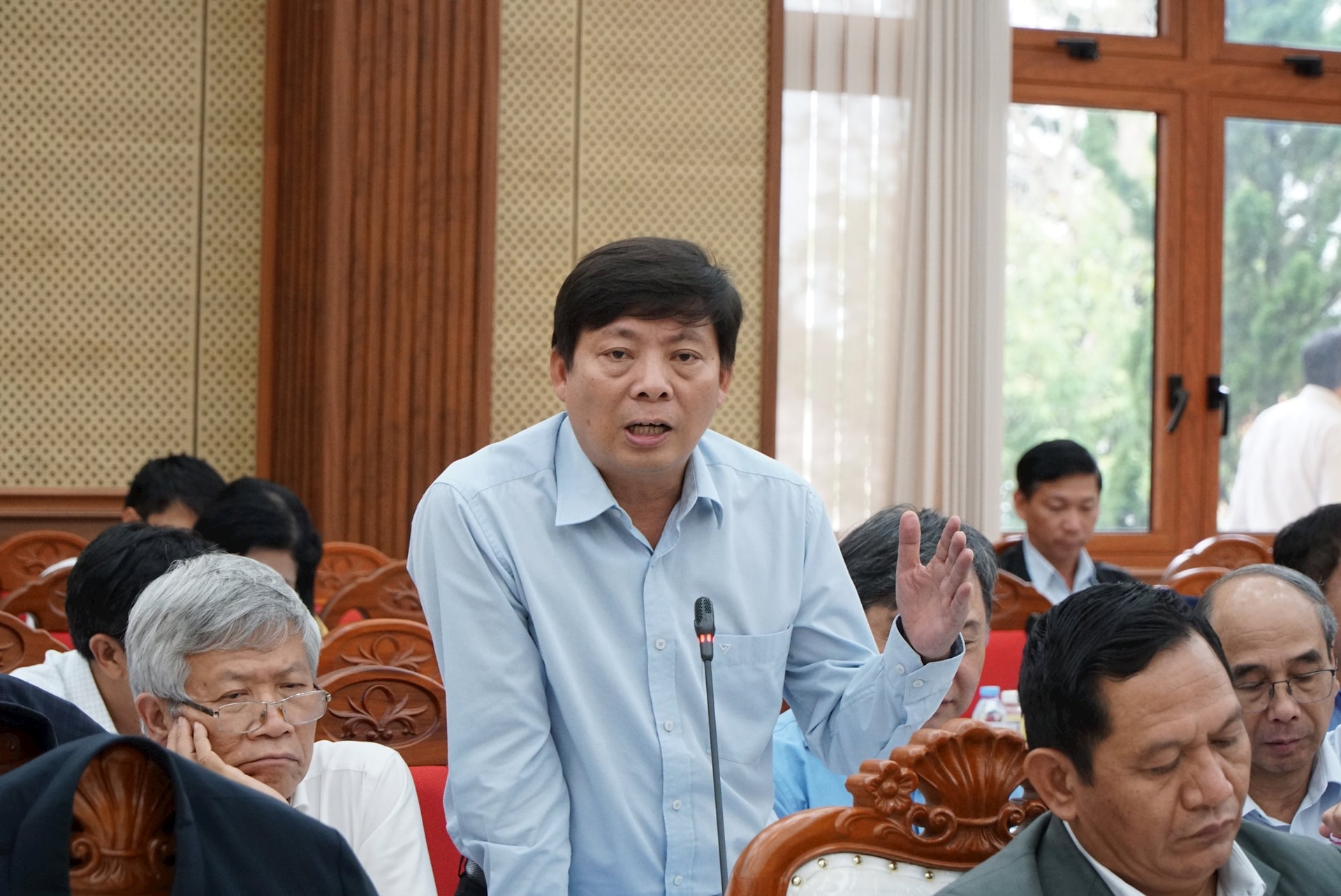
According to Dr. Pham Hong Hien, Vietnam Academy of Agricultural Sciences, the western region has the conditions to form large-scale CNC agricultural zones, integrating drip irrigation, greenhouses, cold supply chains and regional logistics."
Mr. Hien highly appreciated the role of the Western region in linking the value chain from agricultural production to processing and consumption, and proposed investment policies to solve the problems of capital, infrastructure and human resources.
Associate Professor, Dr. Nguyen Thi Thu Phuong, Director of VICAS, commented that the West is the core area of indigenous culture of the Central Highlands, and can become the center of cultural and geological tourism in the new provincial cultural industry network.
The heritage of volcanic caves and primeval forests will be important highlights in shaping the green and creative tourism brand for the expansion of Lam Dong.
From the available potentials and objective assessments from experts, it can be seen that the West plays a strategic role in the development orientation of Lam Dong province.
The remaining issue is how to maximize these advantages through breakthrough policies, strategic infrastructure investment, logistics upgrades, high-quality human resource development, and the formation of an innovation ecosystem associated with local characteristics.
At that time, the West will be the fulcrum for the region and the driving force for green, sustainable and comprehensive growth of the entire Lam Dong province.
West of Lam Dong is the old Dak Nong region, with an area of over 6,500 km², population of about 730,000 people. This place is famous for its majestic natural scenery, especially the UNESCO Global Geopark. This area mainly relies on agriculture, bauxite mining, renewable energy...
Source: https://baolamdong.vn/phia-tay-lam-dong-mat-xich-chien-luoc-trong-khong-gian-moi-290830.html


![[Infographic] Notable numbers after 3 months of "reorganizing the country"](https://vphoto.vietnam.vn/thumb/1200x675/vietnam/resource/IMAGE/2025/10/4/ce8bb72c722348e09e942d04f0dd9729)

![[Photo] General Secretary To Lam attends the 8th Congress of the Central Public Security Party Committee](https://vphoto.vietnam.vn/thumb/1200x675/vietnam/resource/IMAGE/2025/10/4/79fadf490f674dc483794f2d955f6045)



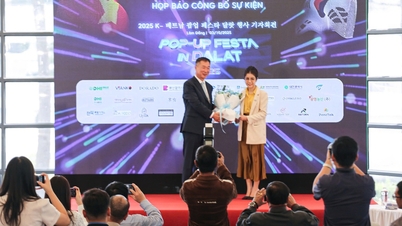

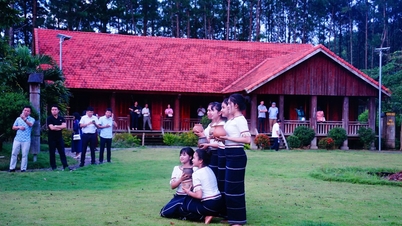
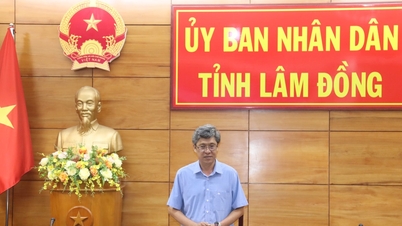
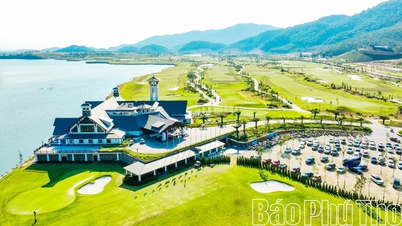

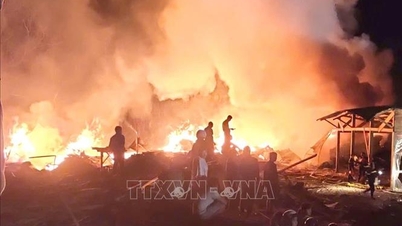

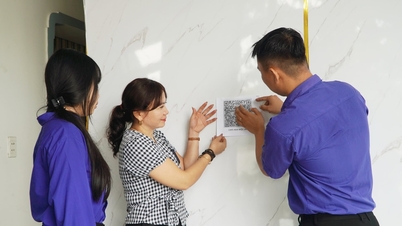

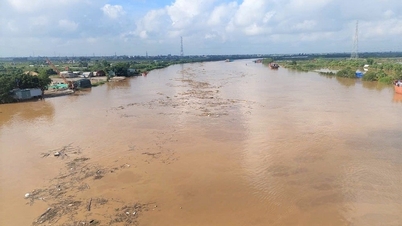





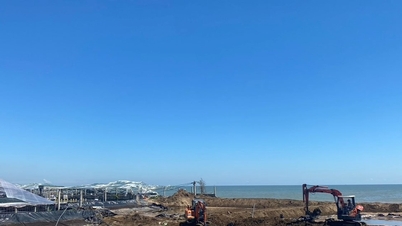



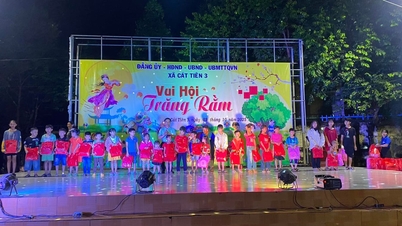


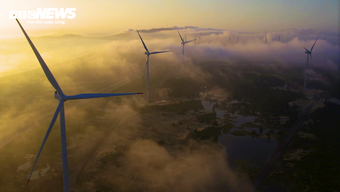
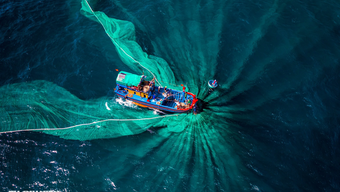
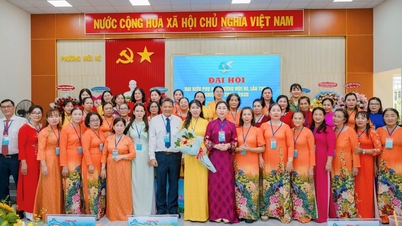
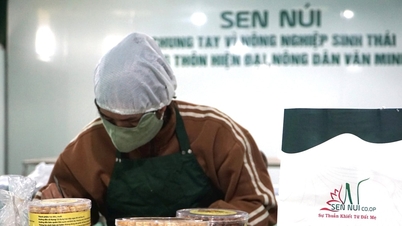

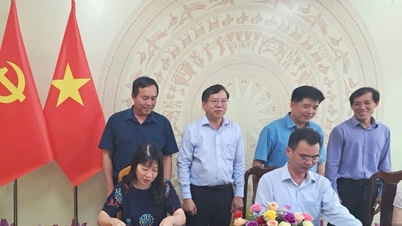
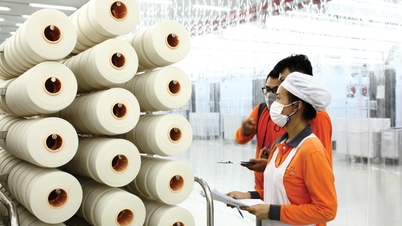
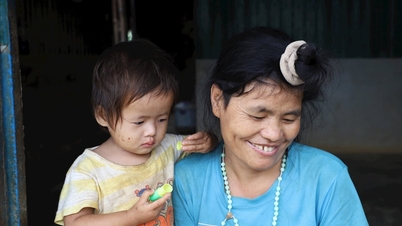
![[Photo] Prime Minister Pham Minh Chinh chairs meeting to deploy overcoming consequences of storm No. 10](https://vphoto.vietnam.vn/thumb/1200x675/vietnam/resource/IMAGE/2025/10/3/544f420dcc844463898fcbef46247d16)
![[Photo] Students of Binh Minh Primary School enjoy the full moon festival, receiving the joys of childhood](https://vphoto.vietnam.vn/thumb/1200x675/vietnam/resource/IMAGE/2025/10/3/8cf8abef22fe4471be400a818912cb85)
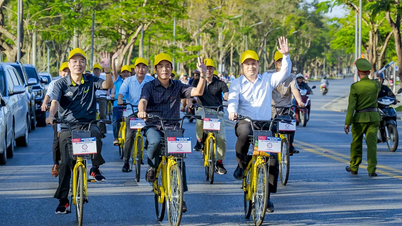

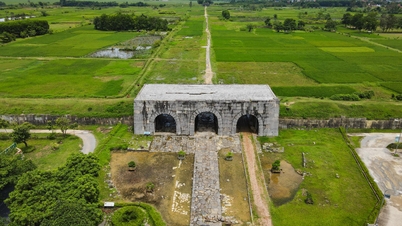

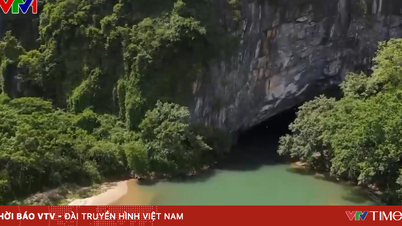





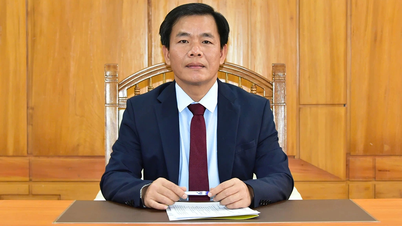



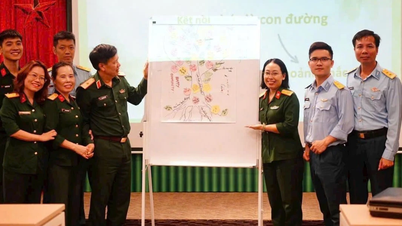





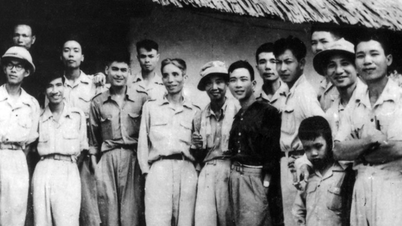


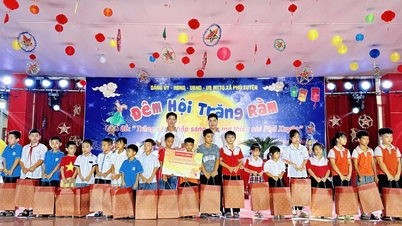


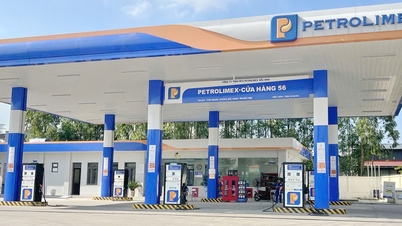

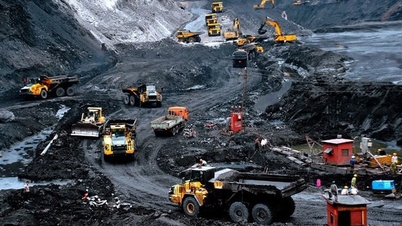


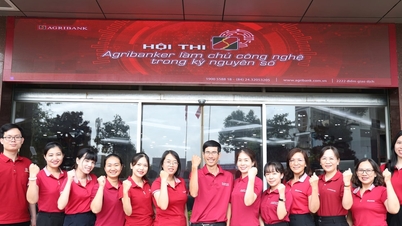
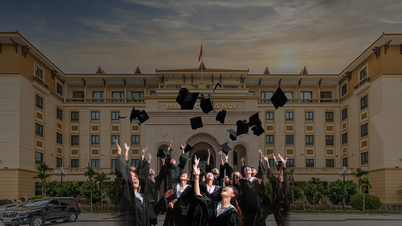
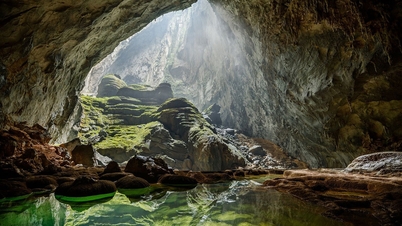


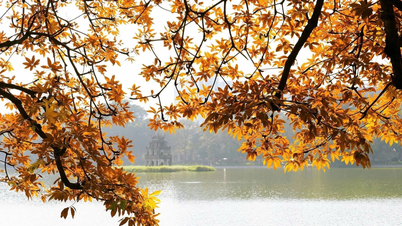
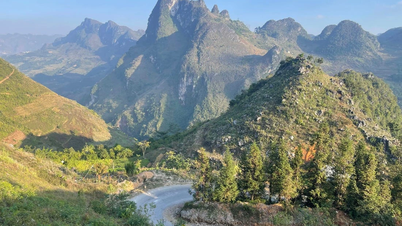

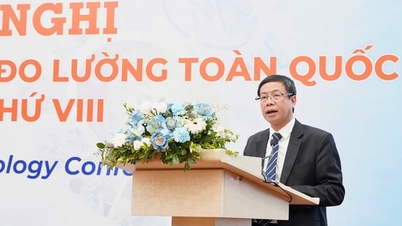




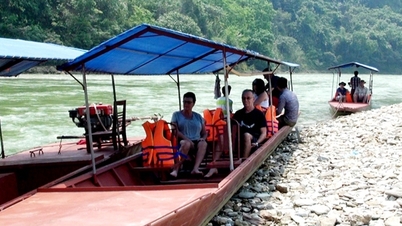


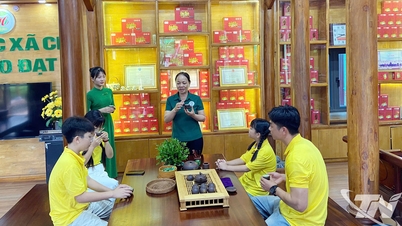

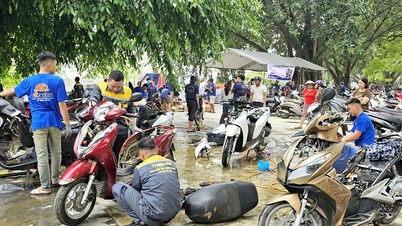

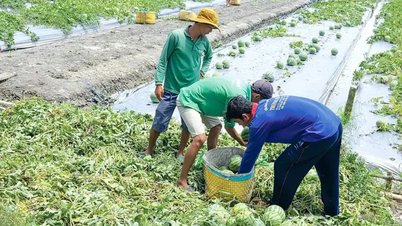

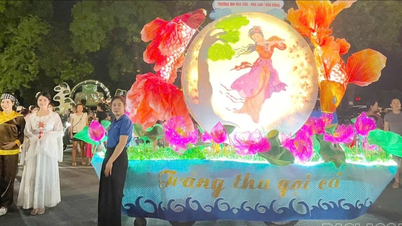

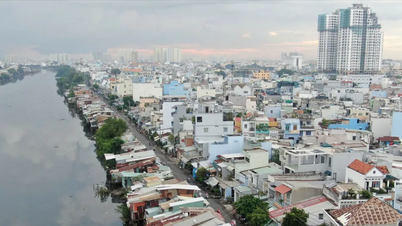

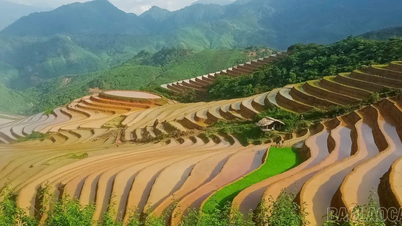
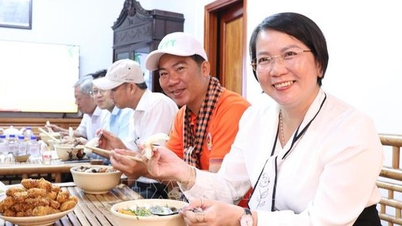






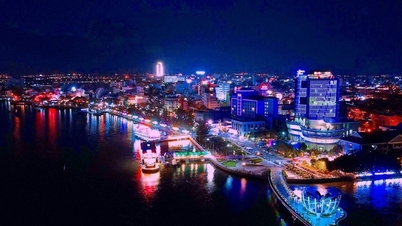





Comment (0)